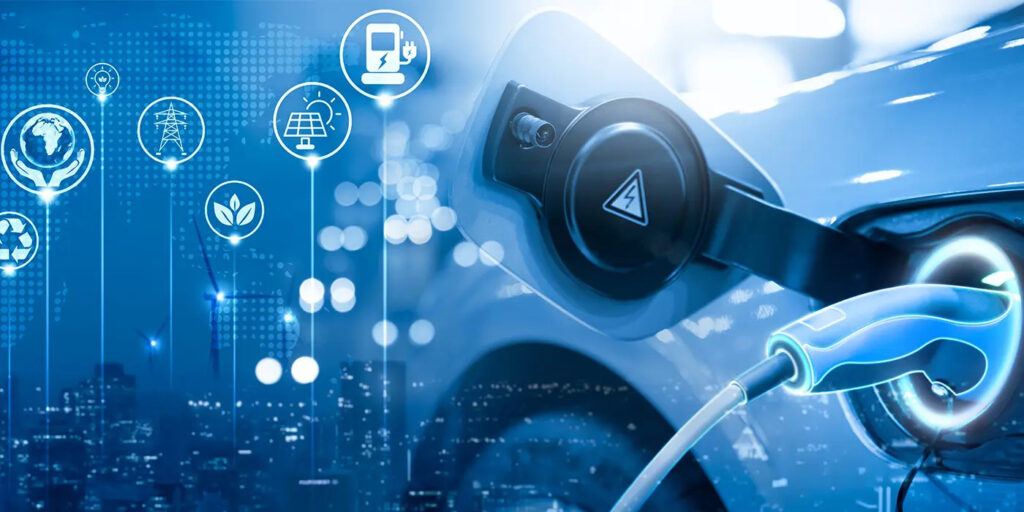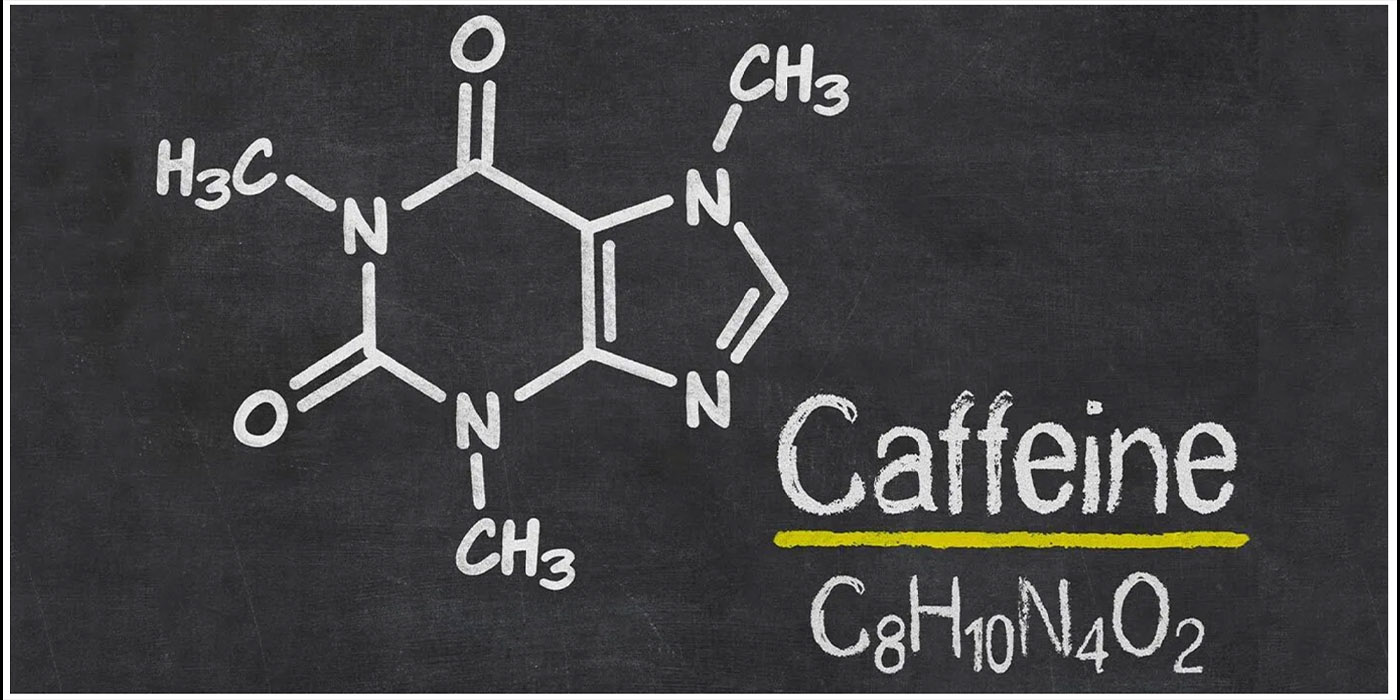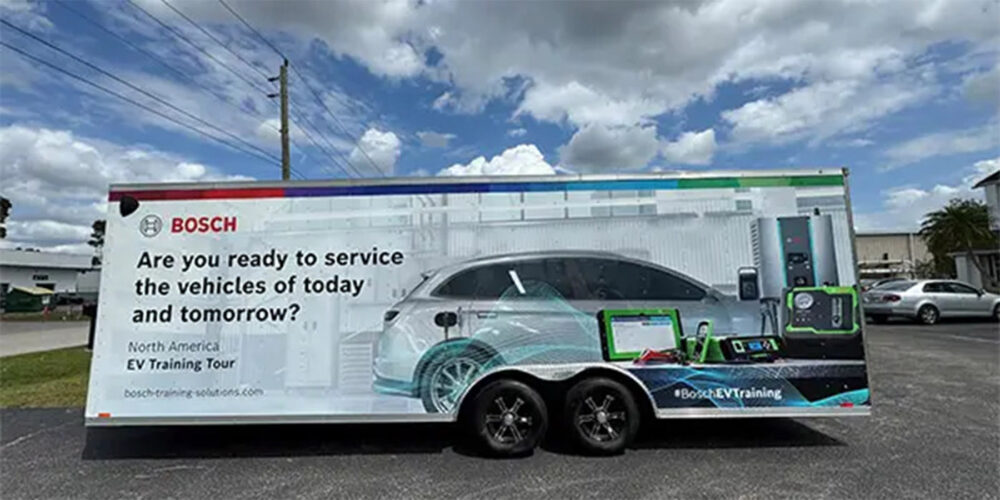The ongoing electrification transition in the automotive sector indicates a massive change for the European aftermarket. The reasons: Battery electric vehicles (BEVs) have around 30% lower demand for traditional aftermarket components and BEV sales forecasts project a 53 to 82% market share in 2030. These are the findings of a joint study by Roland Berger and CLEPA, the European Association of Automotive Suppliers. The authors have formulated three future scenarios and recommend steps the industry can take to shape the transformation.
“For automotive aftermarket players, planning for the transition to electrification is a very complex business because many vehicles in our fleet will still have an internal combustion engine after 2035,” says Hasmeet Kaur, partner at Roland Berger. “Even though electric vehicles currently make up only 0.8% of the vehicle parc, players need to reposition themselves now to ensure their success going forward.”
The automotive industry has been undergoing a rapid transformation for several years now. A combination of technology trends, changing customer behavior, the various supply shortages and the proposed regulation of the European Union (EU), which only recently was agreed on by the EU council, have put companies under pressure. Electrification is expected to massively impact the forces at play in the aftermarket.
The EV transition is underway: Outlook for 2030 and 2035
The study authors developed three scenarios and in each of them calculated the effects of the different pace of electrification on the automotive aftermarket. The most bullish scenario (Radical Electrification) sees electric mobility making a rapid breakthrough. This causes the share of battery-electric vehicles in total new vehicles below 3.5 tons sales to rise to 82% in 2030 and reach 100% from 2035 onwards.
The middle scenario (Ambitious Transformation) is based on the policy and corporate goals as they currently stand. In it, prices for the raw materials needed to manufacture batteries stabilize, and a suitable charging infrastructure is established. As a result, the share of electric cars in total vehicle sales grows to 68% by 2030 and hits 100% from 2035 onwards.
In the least progressive scenario (Regulatory Compliance), progress towards BEV-only is moderated by various headwinds, including rising battery raw material costs. The share of electric cars in total vehicle sales rises to 53% in 2030 and 96% in 2035, before reaching 99% in 2040.
Drop in demand for traditional drivetrains and engines
The increased market penetration of battery-electric vehicles will change both the importance of the various product categories in the aftermarket and the roles of the companies that operate in it. The authors analyzed 250 components along 53 vehicle systems and expect battery-electric vehicles to offer about 30% lower sales potential for traditional aftermarket components, compared to internal combustion engine vehicles. The reasons: battery-electric vehicles are built with fewer components and there is less wear and tear on the engine, the drivetrain and the brake components, among others.
For each of these components, the study estimates the impact, both negative and positive, on “gross” demand on the aftermarket (excluding additional demand for new components and services, such as labor in workshops or software updates). In order to show the impact of electrification clearly, the study specifically excludes other macro factors such as the impact of the expected overall growth of the vehicle parc or inflation, and technical trends such as Advanced Driver Assistance Systems. In the Radical Electrification scenario, a drop of 12% by 2035 and 17% by 2040 is forecasted. The product categories most affected are the internal combustion engine and the drivetrain, where demand will fall by 49 and 51%, respectively. In the Regulatory Compliance scenario, the impact is expected to be reduced to -13% by 2040.
New opportunities for industry players across the board
Electrification also opens up new opportunities along the value chain for the various suppliers in the industry. Parts manufacturers, for example, can shift their portfolio to battery-specific components but also expand their business model by remanufacturing or refurbishing components. A further opportunity is to offer diagnostics and flashing solutions to support workshops, particularly with the challenging software and data management of battery-electric vehicles with new electronics and connectivity platforms. Partnering with 3 battery specialists can help both the traditional aftermarket supplier and the battery specialist.
“It will be especially important for aftermarket players to develop remanufacturing and repairing capabilities for battery systems, electric motors, e-axles and power electronics,” says Frank Schlehuber, Senior Consultant Market Affairs at CLEPA. “We expect to see a shift in aftermarket services from hardware to software. Preventive maintenance will also gain relevance, given that the battery is safety-critical.”
Wholesale distributors will be able to assist in the management of end-of-life components, becoming providers of recycled materials or offering their logistics networks to new customer groups. And workshops have the option of positioning themselves as battery electric vehicle specialists and offering services to generalist workshops in their area. They can also offer their services to OEMs looking for IAM workshop partners to strengthen their service network.
You can download the full study here: www.rolandberger.com/electric-vehicles-boon-or-bane-for-the-aftermarket
Additionally, the study will be presented at Automechanika, on Sept. 13, 11:00-11:30 CET in Hall 9, Level 0, D88.














